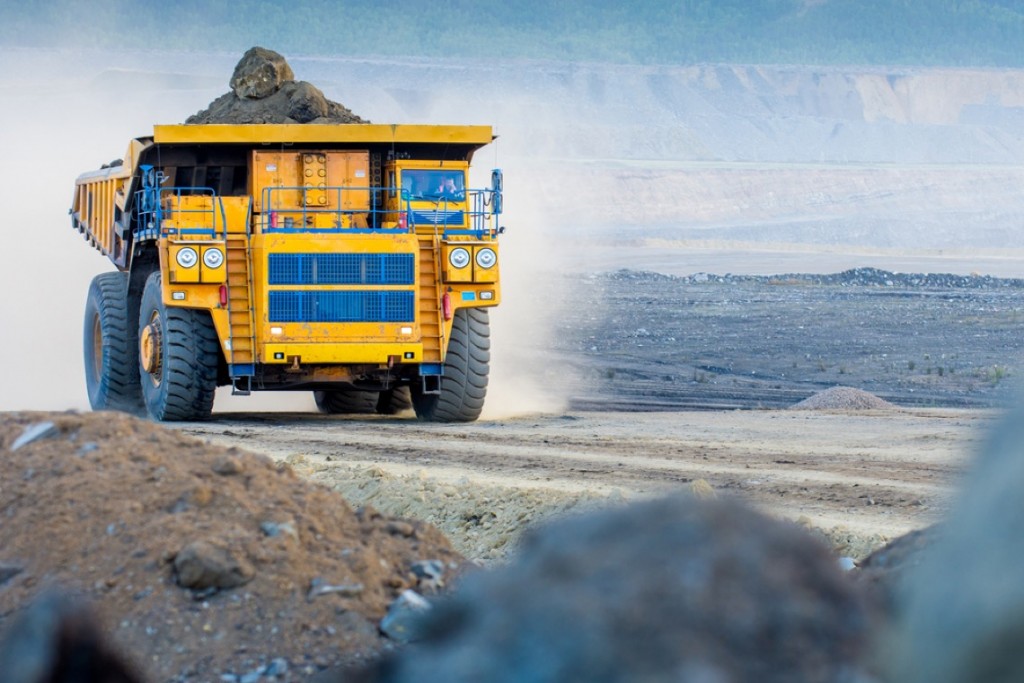Top 40 miners returned to profit in 2016: PwC

Is the bad and the ugly over and the good returning to the mining industry? PwC seems to think so, according to a new report from the consulting firm.
“The world’s Top 40 miners recovered from a race to the bottom, with bolstered balance sheets and a return to profitability in 2016, giving them much-needed space to pause and draw breath,” reads a press release on PwC’s annual review of global mining trends, this year titled “Mine 2017. Stop. Think. Act.”
Any new revenues appear to be going towards debt repayment rather than capital expenditures, which are down 41% to a record low of just $50 billion.
The report was released on Wednesday by PwC Africa at the Junior Indaba conference in Johannesburg.
It analyzed 40 of the largest listed mining companies by market capitalization, covering the financials between April 1 2015 and December 31 2016.
The most dramatic statistic to emerge is the return to profitability in 2016, with the Top 40 raking in aggregate profits of $20 billion in 2016 compared to a total loss of $28 billion in 2015. Rising commodity prices lifted all boats, resulting in a 45% total rise in market capitalization to $714 billion – a number approaching the 2014 level.
Yet the world’s top miners only saw a marginal increase in revenues – 1% – despite a rebound in commodity prices in the second half, namely coal and iron ore.
Any new revenues appear to be going towards debt repayment rather than capital expenditures, which are down 41% to a record low of just $50 billion. Companies repaid debt to the tune of $93 billion, up up from $73 billion a year earlier, with most of the debt issued to refinance, rather than fund acquisitions or mine development. Impairment charges – a sure sign of panic in the industry – fell to $19 billion following near-record levels in 2015, according to the report.
Nor are the big miners plowing profits into the ground. For the fourth consecutive year, the industry reduced spending on exploration. $7.2 billion was invested in 2016, barely one-third of the record $21.5 billion allocated in 2012, with the funds cautiously targeted at less risky, later-stage assets, typically in politically stable countries.
One more important trend highlighted by PwC was limited mergers and acquisitions (M&A) last year, with the notable exception of China.
The consultancy said the reason for a lack of asset sales in 2016 was possibly due to the rebound in commodities and the improving prospects of their owners. The sales that did occur tended to be strategic, with diversified miners for example selling minority stakes in non-mining businesses. Among the anticipated deals that failed to materialize was the sale of Anglo American’s (LON:AAL) Australian coal assets at Moranbah and Grosvenor mines as well as Kumba Iron Ore in South Africa.
Chinese companies however were able to fund more acquisitions than those in other countries due to better access to capital, according to PwC. Such companies including Chinese private equity firms were able to pick up assets at rock-bottom prices, as the country continues to acquire mines as a way to reduce its import dependency on certain metals.
Notable among Chinese mergers and acquisitions during 2016 were the deals by China Molybdenum Co., Limited (China Moly), a new addition to the Top 40. The company bought the niobium and phosphate business from Anglo, as well as Freeport McMoRan’s (NYSE:FCX) share of the Tenke mine that produces copper and cobalt.
More News
{{ commodity.name }}
{{ post.title }}
{{ post.date }}





Comments